 How did you get into making zines?
How did you get into making zines?
I got into making zines years ago as a way to promote live music shows. I hand-drew the zines on A4 pages, photocopied them (black and white), and folded or cut and stapled them into tiny booklets. Sometimes I also gave them out in little goodie bags at the shows. This time around I got into zine-making for different reasons. I started writing short stories late last year, and after a couple of months went by without anyone publishing them I decided to start publishing them myself! These days I’m still illustrating the zines, but I’m getting them made through Blurb rather than having to do all that photocopying and stapling. Since I released my first zine I have had a story or two published, but I still intend to release a zine every 2 – 3 months, and I’m currently working on the illustrations for my second one.
Can you give us a short bio about you?
I studied creative writing at Victoria University’s Institute of Modern Letters. I love cats and coffee.
We have read the zine Khartoum Place and loved it. In your words could you please explain to us why you decided to make it and publish it?
Thank you! I have discovered that I really enjoy weaving local, historical elements into my stories. Khartoum Place is a dark but loveable little square in Auckland’s CBD. The square’s mural, an admittedly slightly homely but very historically important memorial to women’s suffrage, is constantly under threat from people who think it’s ugly and want to remove it. The idea of an art historian trying to save the mural, her career and her love affair came to me in a flash while I was waiting for someone to turn up to a work meeting one day.
Once it was out there, did you get any unexpected reactions?
I posted it off to what seemed to me to be New Zealand’s major libraries. I didn’t have any idea what to expect. I’m thrilled that the Wellington and Christchurch Libraries have been in touch, but I’m a bit disappointed in Auckland Library. I keep sneaking in to see if I can find it their zine collection, but I haven’t seen it in there so far…
I also started a Facebook page and a website, and I’ve have some really nice comments coming through from those.
You say your zines are a New Years resolution, can you tell us a little bit more about that?
I’d been writing stories for a while and not getting them published, and the news had broken about Sport losing it’s funding, and I literally woke up on New Year’s Day and thought “I’m going to start a new journal!” So I sat down and mapped out my first issue, and it looked great! But then I thought, ‘wait a minute, this is a lot of work on top of a full time job, and I’m putting myself in a curatorial role and not actually doing what I enjoy, which is writing stories and drawing pictures’. So I decided to start a series of zines under the name Frisson.
What’s on your zine to-do list?
I intend to release a new issue every 2 – 3 months. But most importantly I’d like to connect with other zine makers, so I’m looking forward to checking out a Zine Fest or two.
What would you say to other zine makers?
I wasn’t sure how people would react to the fact that I got my zines made through Blurb rather than laboriously hand-crafting each one. That kind of carry-on was fine for me back when I was working part time in vintage stores and playing in bands. Now that I’m a wage slave getting up at 5.30am in the morning in order to find the time to write stories, I highly recommend outsourcing the production side (unless of course that’s your passion).
Do you have any music/zines/blogs recommendations?
Yes, I really like the New Zealand zine review. They’ve introduced me to all sorts of amazing things.
I’ve also found your blog really helpful. My next zine will have an ISBN number!


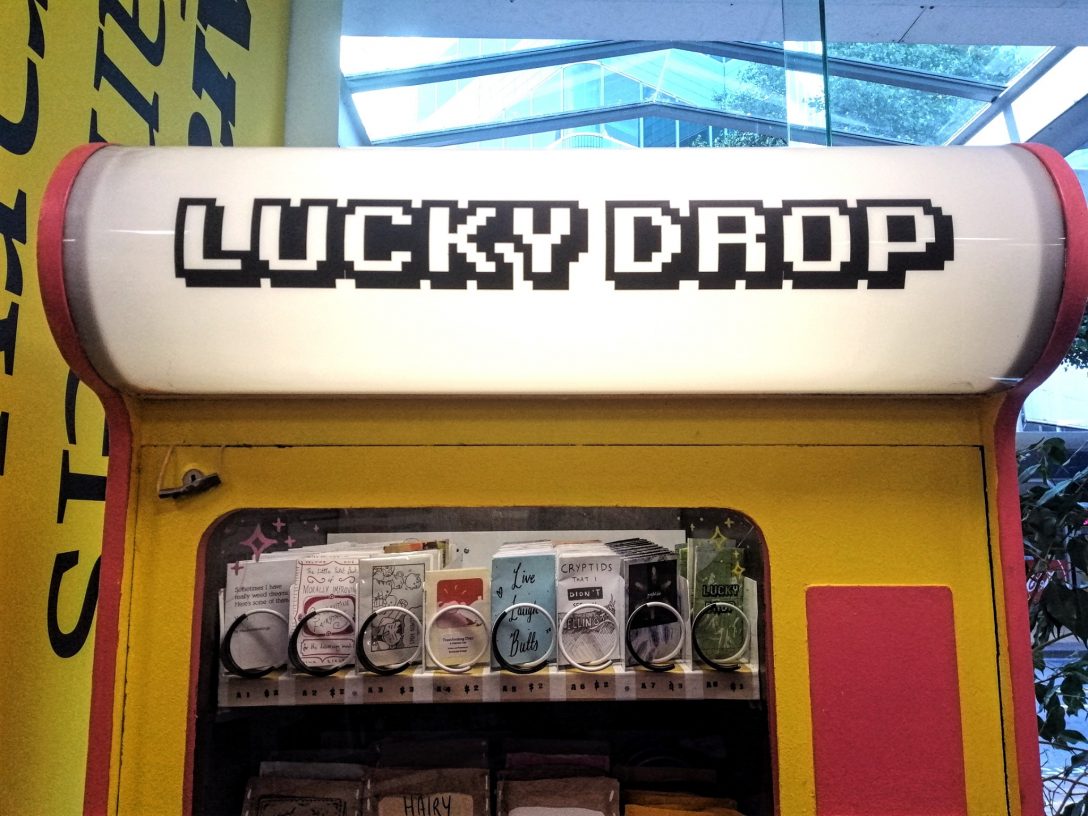

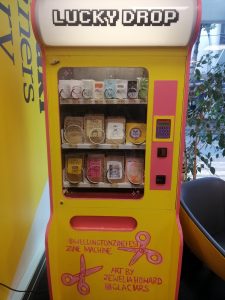
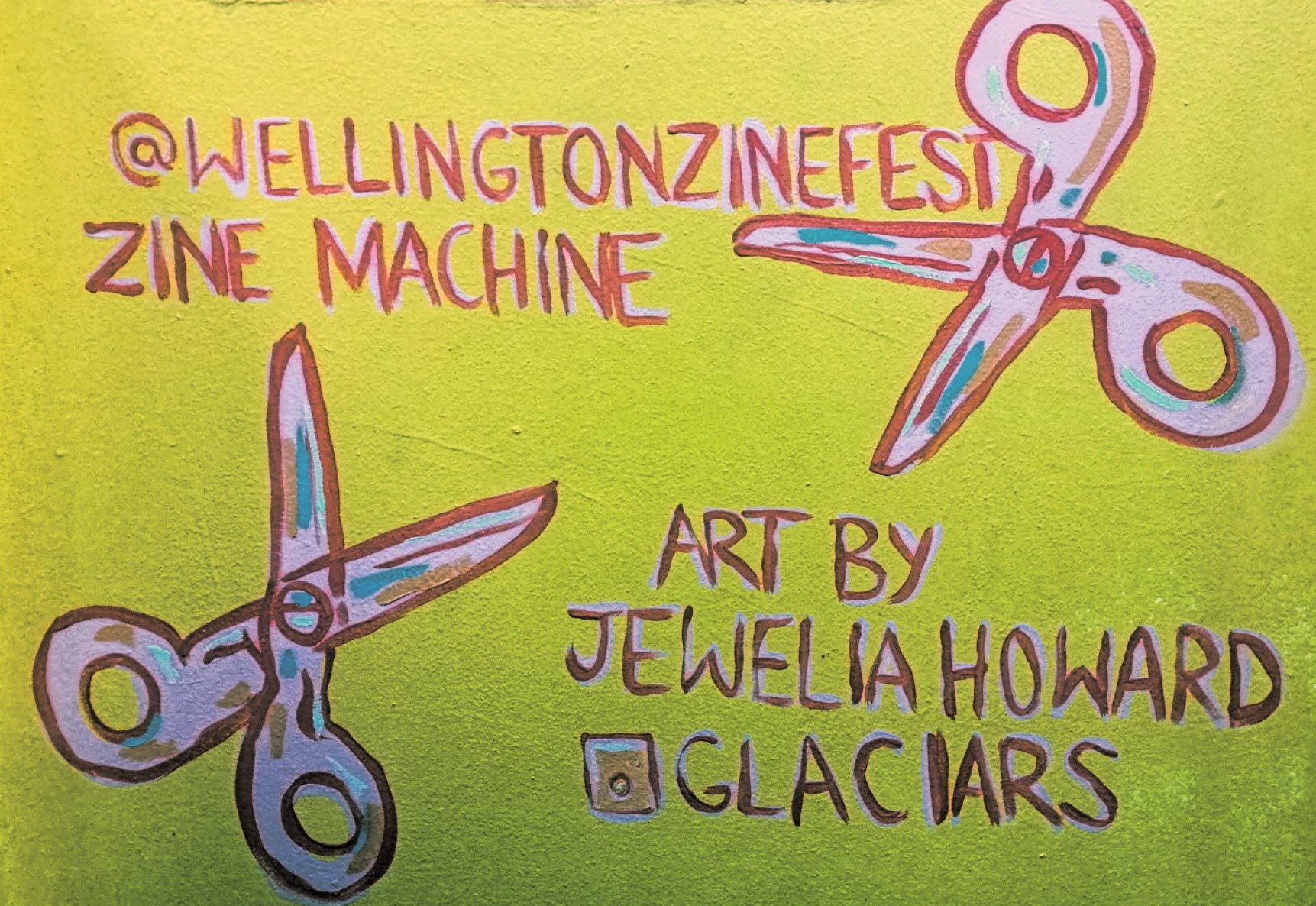
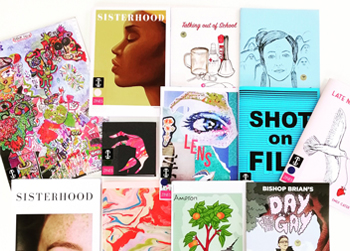
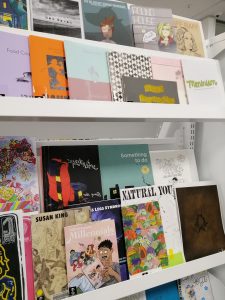
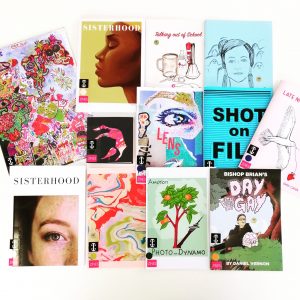
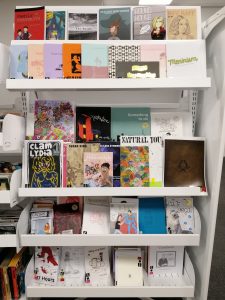

 anything from why mozzie bites itch to Victorian architecture but at the moment I’m interested in Henri Matisse and plan to go the Matisse exhibition in Brisbane at the Gallery of Modern Art. I also really want to see Milford Sound and want to trek in that area too.
anything from why mozzie bites itch to Victorian architecture but at the moment I’m interested in Henri Matisse and plan to go the Matisse exhibition in Brisbane at the Gallery of Modern Art. I also really want to see Milford Sound and want to trek in that area too.